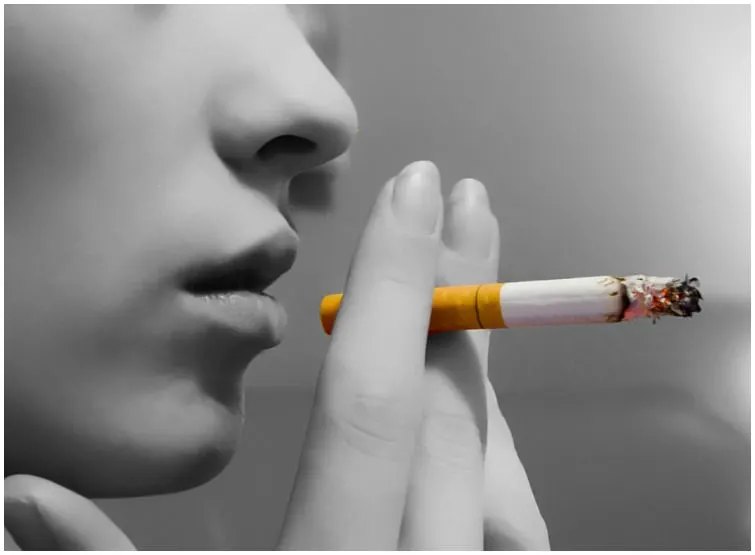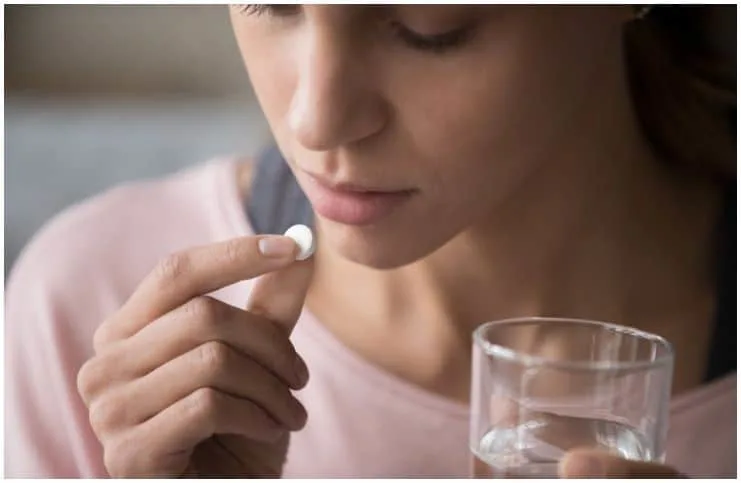Comparison Pazeo vs Pataday:
Introduction
Allergic conjunctivitis, also known as pink eye, usually occurs when an individual’s eyes come into contact with an allergen, a substance that makes the body’s immune system overreacting.
Pink eye does not make eyes sensitive to light and is not usually painful.
It is usually associated with hay fever, atopy (the genetic tendency to develop allergic diseases), and allergic rhinitis.
Causes
Some common allergens which may cause pink eye include:
- tobacco smoke (contains more than 4,000 substances, including many known inflammatory agents, irritants, and carcinogens);
- pollen from grass, trees, and ragweed;
- air pollution;
- dander (tiny particles shed by animals);
- animal saliva;
- skin medications;
- cosmetics (makeup);
- perfumes.
Symptoms
Common symptoms may include:
- redness in the inner eyelid or the white of the eye;
- swelling of the eyelid;
- an increased amount of tears;
- itchy eyes;
- blurred vision;
- the skin on the inside of the eyelids looks red;
- in severe cases, the conjunctiva under the upper eyelids may swell;
- the eyes water more than usual;
- a burning feeling may occur.
Notes – both eyes are usually affected and symptoms tend to develop fast.
It shares pathophysiology similar to other allergic conditions and is the most common noninfectious conjunctivitis in children.
If left untreated, the acute allergic conjunctivitis may develop into a chronic disease and this causes conjunctival and corneal ulceration and remodeling, occasionally accompanied by a bacterial infection.
Treatment
Minimizing soft furnishings, keeping the house clean, and staying indoors when the pollen season is at its peak are usually the first steps of the treatment. But, symptoms can occasionally be extremely severe and require medication.
Here is a comparison between two medications that are used for allergic conjunctivitis:
Pazeo
This medication contains olopatadine, which belongs to a family of medications called antihistamines. Antihistamines are used to treat allergic rhinitis and other allergies. These medications represent a class of agents that block histamine release from histamine-
Pataday
It is a sterile ophthalmic solution containing olopatadine for topical administration to the eyes.
Uses
Pazeo is prescribed for the treatment of the signs and symptoms of allergic conjunctivitis.
Pataday is prescribed for the treatment of ocular itching associated with allergic conjunctivitis.
Mechanism of Action
Pazeo is an antihistamine that reduces the effects of histamine in the human body. Histamine is an amine that is produced as part of a local immune response to cause inflammation and can produce symptoms of itching, sneezing, watery eyes, and runny nose.
In addition, it is a selective H1 antagonist that is devoid of effects on dopaminergic, α-adrenergic, and muscarinic receptors.
Pataday works by blocking the release of histamine from certain cells in the human body.
Side Effects
Pazeo
The most common adverse events associated with this antihistamine treatment during clinical studies include:
- severe irritation in the eye;
- blurred vision;
- headache;
- change in eyesight;
- burning or stinging in the eye;
- changes in the way food tastes;
- abnormal sensation in the eye;
- dry eye.
Call your healthcare professional at once if you have a more serious side effect such as:
- eye itching;
- eye pain.
Pataday
The most common adverse events associated with this antihistamine treatment during clinical studies include:
- headache;
- mild stinging, itching, or dryness of the eyes;
- back pain;
- blurred vision;
- unusual taste in the mouth;
- weakness;
- sore throat;
- cough;
- stuffy or a runny nose;
- puffy eyelids;
- feeling that something is in the eye.
Call your healthcare professional at once if you have a more serious side effect such as:
- crusting or drainage;
- severe discomfort;
- eye swelling;
- severe burning after using this antihistamine.
Dosage
For adults and children 2 years of age and older, the usual recommended dose for Pazeo is one drop in each affected eye once per day.
The usual recommended dose for Pataday is one drop in each affected eye once per day.
Warnings & Precautions
Pazeo
Do not use this antihistamine if you are allergic to its active ingredient or any of its inactive ingredients. Do not touch the applicator tip to any surface, in order to keep this antihistamine as germ-free as possible.
Pataday
Do not use this antihistamine eye drops if the liquid has particles in it or has changed colors.
Wait at least 10 minutes after using this medicine before putting your contact lenses. Also, wait a minimum of 10 minutes before using any other eye drops your healthcare professional has prescribed.
This medicine may contain a preservative that can be absorbed by soft contact lenses. Therefore, do not use it while you are wearing contact lenses.
Drug Interactions
No significant negative drug interactions have been reported with these antihistamines at this time.
Nevertheless, always tell your doctor about any drugs you take, including vitamins, over-the-counter medications, prescription medications, or herbal supplements.
ALSO READ: Qnasl vs Flonase (Fluticasone)
Alcohol or Tobacco
Using alcohol or tobacco with these antihistamines may cause negative interactions to occur.
Discuss with your healthcare provider the use of your topical antihistamines with alcohol, or tobacco.
ALSO READ: Bacitracin vs Mupirocin (Bactroban)
Is It Safe During Pregnancy or Breastfeeding?
Pazeo
The effects of this medicine during pregnancy and breastfeeding are unknown. It is recommended to tell your doctor immediately if you are breastfeeding, are pregnant, or plan to fall pregnant.
ALSO READ: Bystolic vs Carvedilol
Pataday
It is not known whether this medicine passes into breast milk or if it could affect in a negative way a nursing baby. However, do not use this antihistamine without telling your healthcare provider if you are breast-feeding a baby.
This antihistamine may be harmful to a developing fetus. Tell your healthcare professional if you are pregnant or plan to fall pregnant while using this topical antihistamine.
Conclusion – Pazeo vs Pataday
Pazeo (olopatadine hydrochloride) is used to treat burning, redness, itching, watering, and other eye signs and symptoms caused by allergic conditions. Olopatadine (the active ingredient in this medicine) is an antihistamine that reduces the effects of histamine in the human body.
Pataday (olopatadine hydrochloride) is used to treat ocular symptoms of allergic conditions, like – itching, watering, inflammation, and burning.
It works by preventing the release of natural chemicals from cells in the human body involved in an allergic reaction. Also, it reduces the effects of histamine in the body.
Basically, both products have the same active ingredient (olopatadine hydrochloride). The difference between them lies in the inactive ingredients and brand name. Let your doctor decide which is best for you.
Sources https://www.ncbi.nlm.nih.gov/pubmed/15476905 https://www.ncbi.nlm.nih.gov/pubmed/26266427 https://www.ncbi.nlm.nih.gov/pmc/articles/PMC4574803/ https://www.ncbi.nlm.nih.gov/pmc/articles/PMC2694001/

